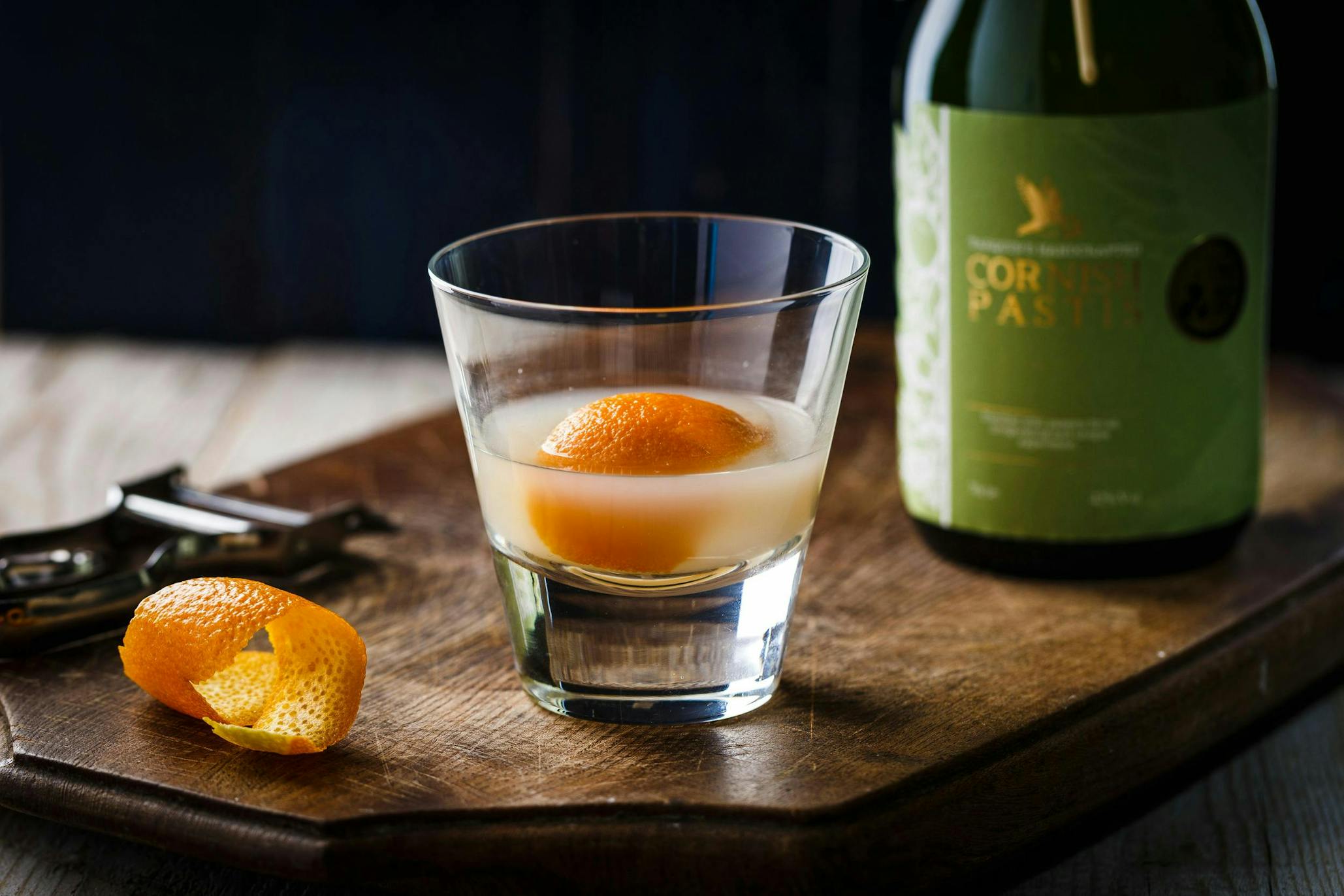
4 anise spirits that make us want to go on holiday right now
As well as making delicious craft gin, The Southwestern Distillery, home of our April Gin of the Month, also produces Tarquin’s award-winning Cornish Pastis – the UK’s first pastis. This traditional French anise-flavoured spirit is just one of a whole family of anise liqueurs made around the Mediterranean region.
These all share a similar aniseed flavour and the characteristic of ‘louching’ – meaning the clear liquid turns milky white when mixed with water, due to an effect of anethole, a compound found in the essential oils of the anise herbs used to flavour them. Each of these spirits also, though, has its own individual recipe, history and associated traditions – here are the tales behind four of the best known.
Pastis
First commercialized by Paul Ricard in 1932, French pastis is flavoured using star anise (rather than aniseed) with the addition of liquorice root. The drink emerged in the wake of the absinthe ban in France in 1914, which came into place as a reaction to the association of the powerful spirit with violence and public disorder.
While the two drinks share an anise flavour and are often linked, they are in fact quite different in recipe and taste – for example pastis does not contain absinthe’s wormwood, but does predominantly feature liquorice.
The name "pastis" comes from the Occitan word pastís, meaning ‘mash-up’. The spirit is popular throughout France but is especially associated with the southeast of the country, particularly Marseille where it is known as Pastaga. Traditionally served with a jug of water to be diluted to taste, it is considered a cooling refreshment on hot days. The French use the phrase “dans le pastis” (in the pastis) to mean “in trouble” – perhaps a reference to the drink’s foggy appearance when mixed with water.
Sambuca
The name of this Italian anise spirit comes from the Latin word for ‘elderberry’, and the name Sambuca was originally used for a different elderberry-based alcohol that was first produced 130 years ago in the coastal town of Civitavecchia, near Rome.
The modern version of the drink, created using elderflowers, star anise, liquorice and other spices, gained widespread popularity Italy when Angelo Molinari began producing it in Civitavecchia at the end of the Second World War. Molinari is still the most popular Sambuca brand – and the only one to have received an official authentication of quality from the Italian government.
The spirit is served, neat, on the rocks or with water, as well as with coffee, to which it can be added to create a caffé corretto. A shot may also come with differing numbers of coffee beans: seven, representing the seven hills of Rome; three, representing either health, happiness and prosperity or the Holy Trinity; or one, which is called con la mosca (with the fly). And then of course there’s the flaming version, with the shot being ignited to toast the coffee beans and the flame extinguished just before drinking.
Ouzo
It’s thought that Greek ouzo derived from a drink made by 14th century monks on Mount Athos, called tsipouro. The modern drink really gained popularity in the 19th century, with the first commercial ouzo distillery being founded in 1856 in Tyrnavos, eastern Greece. Like pastis, ouzo helped fill the gap left by the widespread banning of absinthe in the early 20th century and in 2006, the EU recognized ouzo with a Protected Designation of Origin, meaning only spirits produced in Greece and Cyprus are allowed to use the name.
The spirit is flavoured primarily with aniseed, with different producers using their own secret combinations of other ingredients such as star anise, fennel, cardamom, coriander, cloves and cinnamon.
Ouzo is widely consumed throughout Greece and Cyprus, traditionally being mixed with water and ice. It’s mostly served as an aperitif, often in little cafes called ouzeries, alongside mezedes such as octopus, sardines olives and feta. Due to the strength of the drink, it’s generally frowned upon to drink ouzo without food – a practice known evocatively as xerosfýri or ‘dry hammer’.
Raki
In Turkey, raki is considered the national drink and is served either straight (sek) or mixed with chilled water and, as in Greece, is often served alongside food, especially seafood, meze or kebabs. With the latter, it also sometimes served with a glass of şalgam – a traditional drink made from fermented, spiced and salted red carrot juice.
The name ‘raki’ comes from the Arabic word araq, which means ‘perspiration’ – probably either a reference to the distillation process or the condensation that forms on a chilled glass. The drink is also popularly called aslan sütü, meaning ‘lion’s milk’ – a name that comes from the milky white colour that raki takes on when diluted.
The drink first gained popularity in the 19th century, when it grew to be more widely consumed than wine. When the Republic of Turkey was established in the early 20th century, the state-owned company Tekel took over the manufacture and distribution of all tobacco and alcohol products in the country – including raki. Tekel was privatised in 2004 and now competes with numerous other brands, all of which have their own special recipes but retain the drink’s anise characteristics.







